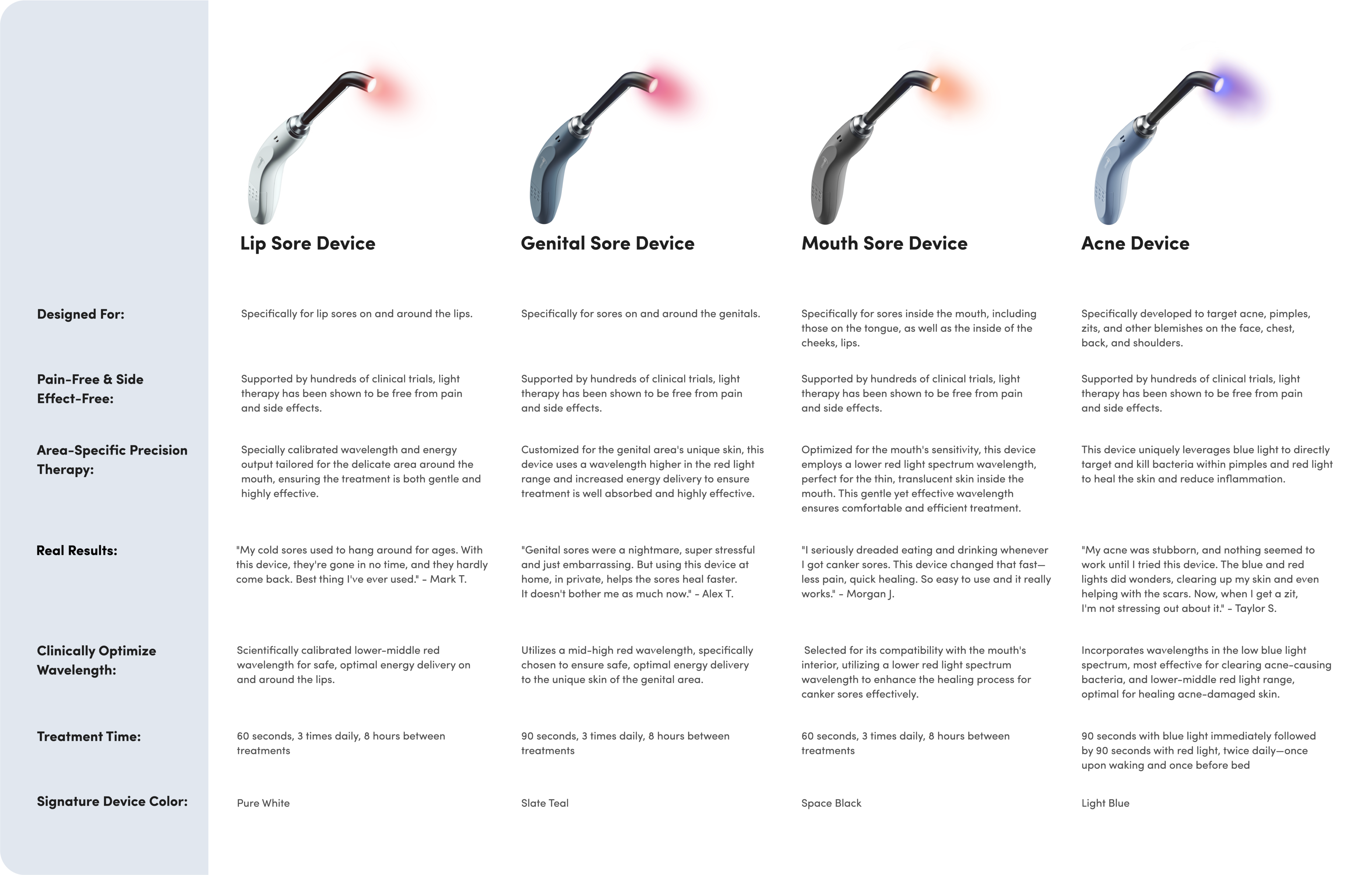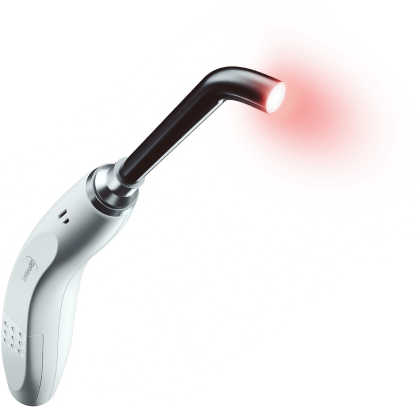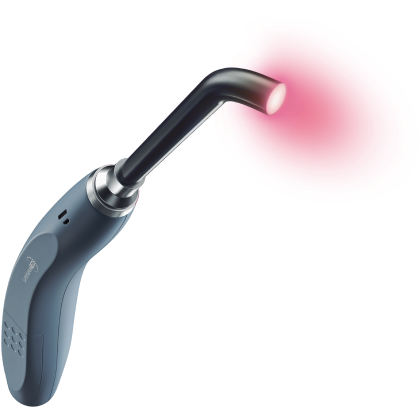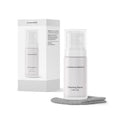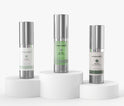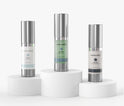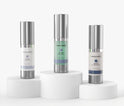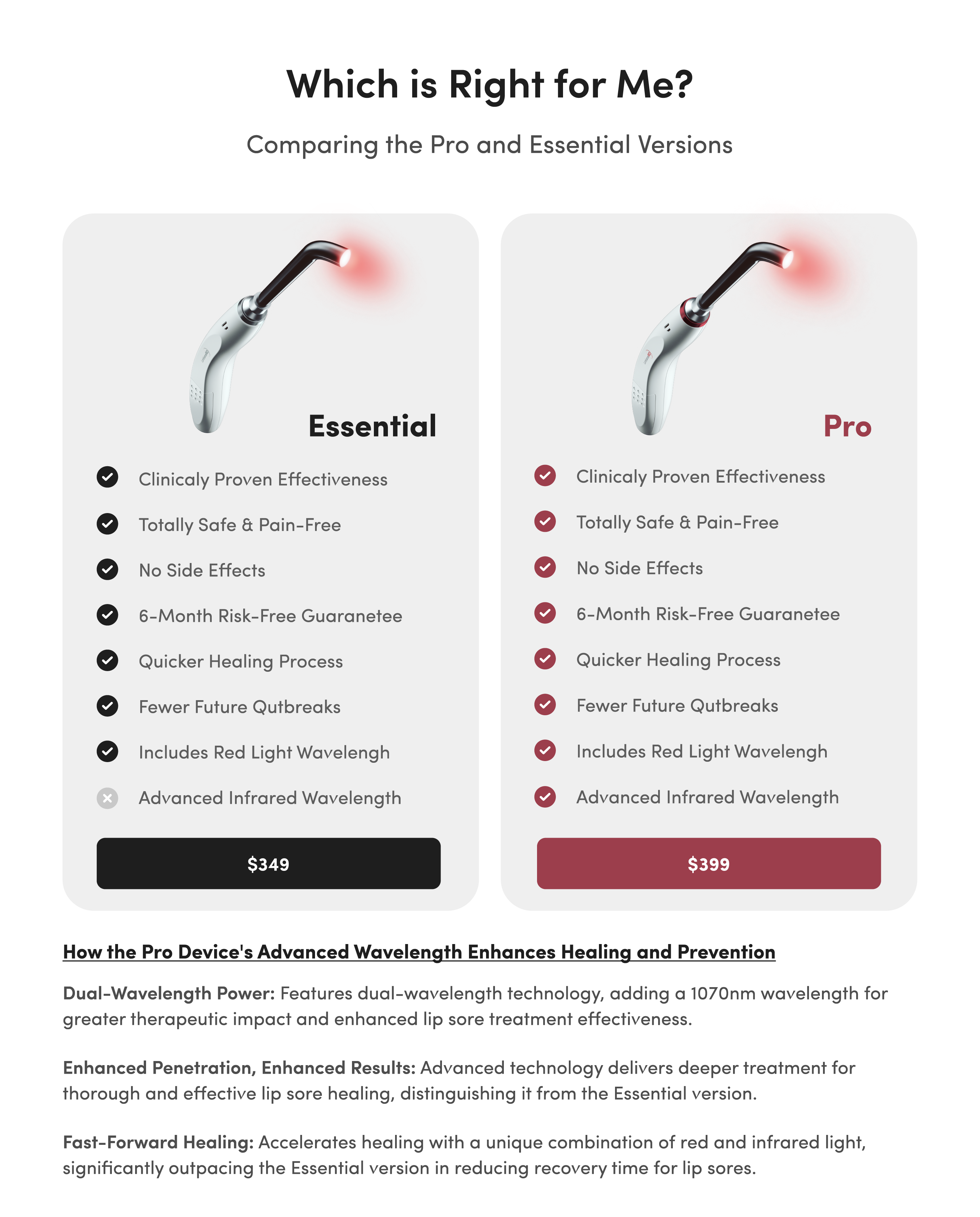Understanding Hyperpigmentation: Causes, Treatments, and Prevention Tips

Hyperpigmentation is a common skin concern that affects people of all skin types and tones. If you've noticed dark spots or patches on your skin, you're not alone. This comprehensive guide will explore the causes of hyperpigmentation, effective treatments (including red light therapy), and prevention strategies to help you achieve a more even skin tone.
What is Hyperpigmentation?
Hyperpigmentation occurs when certain areas of your skin produce more melanin than usual, resulting in darker patches or spots. This excess melanin production can be triggered by various factors, leading to different types of hyperpigmentation.
Types of Hyperpigmentation
- Melasma: Often called the "mask of pregnancy," melasma appears as large, dark patches typically on the face. It's commonly associated with hormonal changes.
- Sunspots (Solar Lentigines): These are caused by prolonged sun exposure and usually appear on areas frequently exposed to UV rays, like the face and hands.
- Post-Inflammatory Hyperpigmentation (PIH): This type occurs after skin inflammation or injury, such as acne, cuts, or burns.
Understanding the type of hyperpigmentation you're dealing with is crucial for choosing the most effective treatment approach.
Common Causes of Hyperpigmentation
To effectively treat and prevent hyperpigmentation, it's essential to understand its root causes:
- Sun Exposure: UV rays stimulate melanin production, leading to sunspots and overall skin darkening.
- Hormonal Changes: Fluctuations during pregnancy or due to birth control can trigger melasma.
- Skin Inflammation: Injuries, acne, or skin conditions can cause post-inflammatory hyperpigmentation.
- Medications: Certain antibiotics, chemotherapy drugs, and hormone treatments may induce hyperpigmentation as a side effect.
- Genetics: Some individuals are more prone to hyperpigmentation due to their genetic makeup.
Identifying the cause of your hyperpigmentation can help you and your dermatologist determine the most appropriate treatment plan.
Effective Treatments for Hyperpigmentation
Fortunately, there are numerous treatment options available for managing hyperpigmentation. Let's explore some of the most effective methods:
Topical Treatments
Topical treatments are often the first line of defense against hyperpigmentation. These include:
- Hydroquinone: A skin-lightening agent that reduces the production of melanin.
- Retinoids: Vitamin A derivatives that promote cell turnover and help lighten dark spots.
- Vitamin C: An antioxidant that brightens the skin and reduces melanin production.
- Azelaic Acid: Effective for treating both acne and hyperpigmentation.
- Niacinamide: A form of vitamin B3 that helps to lighten dark spots and improve skin texture.
Using serums specifically formulated to target hyperpigmentation can be highly effective. These serums often contain a combination of active ingredients like Vitamin C, niacinamide, and hyaluronic acid, which work synergistically to brighten the skin and reduce dark spots. Applying these serums consistently, typically after cleansing and before moisturizing, can help to achieve more even skin tone over time. Serums are beneficial because they deliver high concentrations of active ingredients directly to the skin, enhancing their effectiveness in treating hyperpigmentation.
Chemical Peels
Chemical peels involve applying a solution that exfoliates the top layers of skin, promoting new skin growth. While effective, it's crucial to have this treatment performed by a professional to avoid complications.
Laser Therapy
Laser treatments target and break down melanin deposits in the skin. Various types of lasers can be used depending on the severity and type of hyperpigmentation. This treatment is typically performed by dermatologists and may require multiple sessions for optimal results.
Microdermabrasion
This minimally invasive procedure exfoliates the top layer of skin, promoting cell turnover and reducing hyperpigmentation. It's often used in combination with other treatments for enhanced results.
Red Light Therapy for Hyperpigmentation
Red light therapy has emerged as a promising treatment for hyperpigmentation. This non-invasive approach uses low-level wavelengths of red light to penetrate the skin, promoting healing and regeneration.
How Red Light Therapy Works on Hyperpigmentation
Red light therapy works by:
- Stimulating collagen and elastin production
- Improving blood circulation
- Reducing inflammation
- Promoting cellular repair and regeneration
These effects collectively help to even out skin tone and reduce the appearance of dark spots and patches associated with hyperpigmentation.
Red Light Therapy Masks for At-Home Treatment
One of the most convenient ways to incorporate red light therapy into your skincare routine is through the use of red light therapy masks. These at-home devices allow you to target hyperpigmentation in the comfort of your own home.
Red light therapy masks typically emit specific wavelengths of red light that penetrate the skin to promote healing and rejuvenation. When used consistently, these masks can help reduce the appearance of hyperpigmentation over time.
It's important to note that while red light therapy masks can be effective, results may vary, and it's always best to consult with a dermatologist before starting any new treatment regimen.
Prevention Tips for Hyperpigmentation
While treating existing hyperpigmentation is important, prevention is key to maintaining an even skin tone. Here are some essential tips to help prevent hyperpigmentation:
1. Daily Sunscreen Use
Applying a broad-spectrum sunscreen with at least SPF 30 every day is crucial for preventing sun-induced hyperpigmentation. Remember to reapply every two hours, especially when outdoors.
2. Protective Clothing
Wear protective clothing, such as wide-brimmed hats and sunglasses, to shield your skin from harmful UV rays. Consider clothing with built-in UV protection for added safety.
3. Avoid Picking at Your Skin
Resist the urge to pick at acne, scabs, or other skin injuries, as this can lead to post-inflammatory hyperpigmentation. Treat skin issues gently and seek professional help if needed.
4. Use Gentle Skincare Products
Choose skincare products free from harsh chemicals and fragrances, which can irritate the skin and potentially lead to hyperpigmentation. Look for products with soothing ingredients like aloe vera and chamomile.
5. Regular Exfoliation
Gentle exfoliation helps remove dead skin cells and promotes cell turnover, reducing the likelihood of hyperpigmentation. However, be careful not to over-exfoliate, as this can cause skin irritation.
Integrating Red Light Therapy into Your Skincare Routine
To maximize the benefits of red light therapy for hyperpigmentation, consider these tips:
- Consistency is Key: Use your red light therapy mask regularly, following the manufacturer's instructions for best results.
- Combine with Topical Treatments: For enhanced results, use red light therapy in conjunction with topical treatments like vitamin C or retinoids.
- Be Patient: It may take several weeks to notice significant improvements. Stick with your routine and track your progress over time.
- Cleanse Before Treatment: Always start with clean skin to ensure maximum penetration of the red light.
- Follow Up with Moisturizer: After your red light therapy session, apply a gentle, non-irritating moisturizer to hydrate and protect your skin.
Conclusion
Hyperpigmentation is a common skin concern, but with the right approach, it can be effectively managed and prevented. From topical treatments and chemical peels to advanced therapies like laser treatment and red light therapy, there are numerous options available to help you achieve a more even skin tone.
Red light therapy, particularly when used with at-home devices like red light therapy masks, offers a promising and convenient solution for treating hyperpigmentation. By incorporating this therapy into your skincare routine, along with preventive measures like daily sunscreen use and gentle skincare practices, you can work towards achieving and maintaining clearer, more radiant skin.
Remember, everyone's skin is unique, and what works for one person may not work for another. It's always best to consult with a dermatologist to develop a personalized treatment plan for your specific hyperpigmentation concerns. With patience, consistency, and the right combination of treatments, you can effectively manage hyperpigmentation and enjoy healthier, more even-toned skin.




